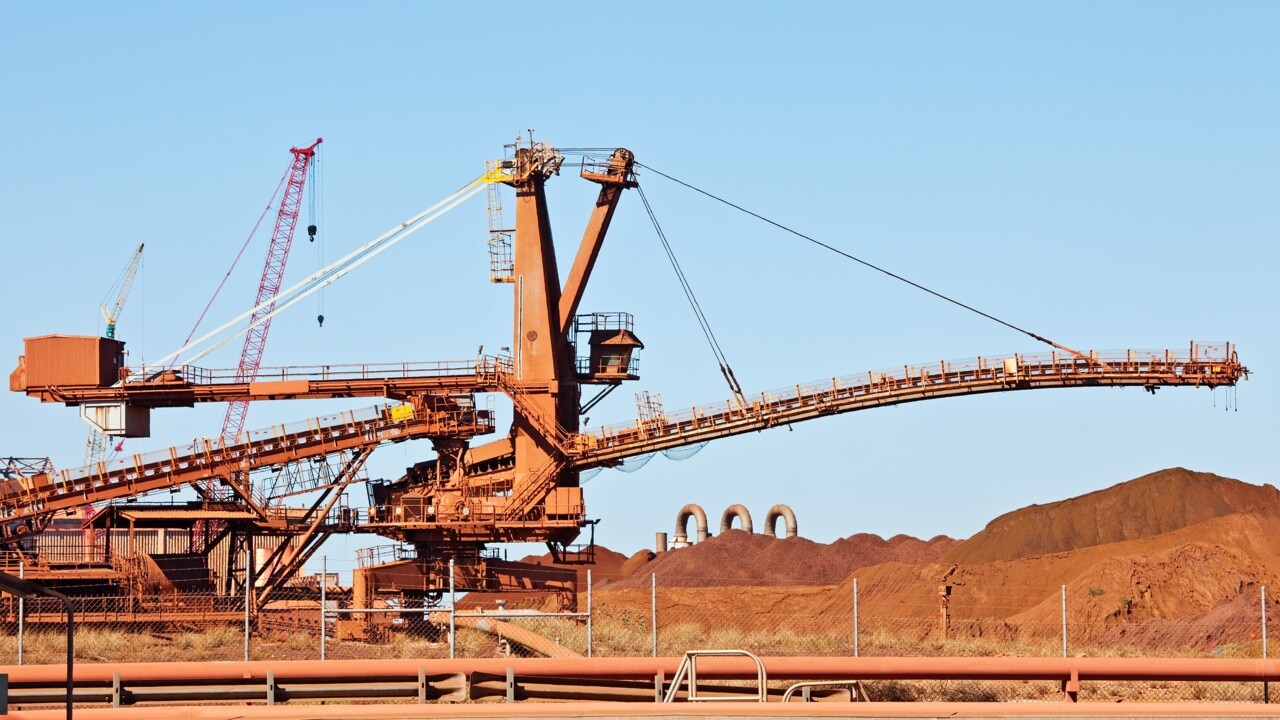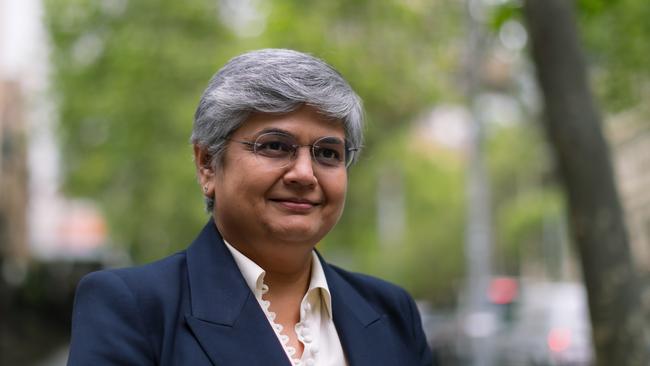BHP sets sail for decarbonisation
Mining giant BHP plans use wind-propelled ships to shift copper from Chile to Japan as it balances decarbonisation targets with continuing demand for iron ore and coal.

Mining giant BHP plans to use wind-propelled ships to shift copper from Chile to Japan as it balances decarbonisation targets with rising demand for commodities such iron ore and coal.
BHP chief commercial officer Vandita Pant told The Australian that the “back to the future” trial of wind-assisted propulsion systems on huge carrier ships was part of a raft of decarbonisation efforts being undertaken by the global resources giant.
As part of a pilot, BHP this year partnered with Pan Pacific Copper and Norsepower to install a wind-assisted propulsion system on-board the M/V Koryu, a combination carrier operated by Nippon Marine.
A “push-button wind propulsion” system is estimated to be around ten times more efficient than a conventional sail and requires no reefing or crew attention when in operation.
“It really is a back to future move allowing us to use less power but maintain speed and voyage times,” said Ms Pant.
BHP has set ambitious targets to reduce carbon emissions by 30 per cent by 2030 and to net zero by 2050 even amid buoyant demand for its key commodities - iron ore, copper and coal,
Singapore-based Ms Pant, who is visiting Melbourne for the 60th anniversary of the Australia Japan Business Cooperation Conference, said the company also was working with Japanese steelmaker JFE on low carbon smelter technology and with heavy machinery maker Komatsu on electric powered mining trucks.

“Whether it is working with our machinery suppliers or with our iron core, copper and coal customers, decarbonisation is a priority,” Ms Pant said.
She said at BHP’s Chilean operations already had 100 per cent of its power requirements being met with renewables while in Australia that figure had now reached 50 per cent.
“We have already made a lot of progress with our carbon emissions falling 34 per cent over the last two years,” she said. She said the decarbonisation efforts came as demand for its key commodities continued to increase. Demand for iron ore would remain high following a record year of steelmaking in China. “While the real estate market in China is challenged, infrastructure is doing well as is demand for electric vehicles,” she said. The coal and copper outlook also looked buoyant.
Turning to investment, Ms Pant echoed recent comments from other BHP leaders that Australia needed to maintain policy consistency in order to be considered an attractive investment destination.
“For any industry player, stability, transparency and fiscal stability are considerations,” she said..”You can then decide what risk premium you need to factor into an investment decision. BHP boss Mike Henry earlier this week said Australia must provide stronger policy settings to ensure Japan maintains resources investment amid broader concerns over a fraying of the economic relationship between the two nations.
The head of the world’s biggest mining company said an appropriate balance needed to be found to ensure important trading partners like Japan continued to spend in Australia.






